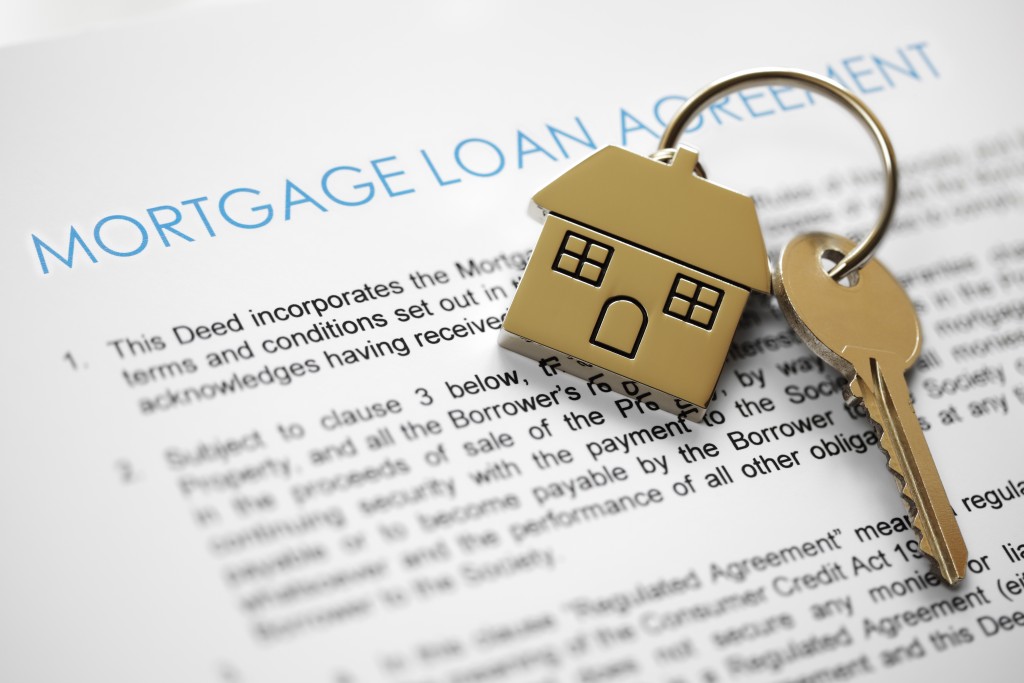Buying a house can be a complicated process, especially if it’s your first time. And it doesn’t help that there are a lot of misconceptions that can make the entire process confusing.
To help you buy a house with confidence, here are the most common mortgage myths that are prevalent among first-time homebuyers:
Myth 1: Pre-approval is the same as pre-qualification
Both a pre-approval and pre-qualification are some of the first steps that you need to take before you can get a mortgage. However, one is not equivalent to the other, and having them confused may delay your process of getting a loan.
When you get pre-qualified, an estimation is made of how likely you are to be approved for a mortgage depending on your current financial state. You don’t have to provide proof of your finances since it’s only an estimation. On the other hand, a pre-approval requires you to submit proof of finances, among other requirements, so the lender can tell you exactly how much you can afford.
If you get a pre-approval letter from a reputable mortgage lender in Salt Lake City, for example, it will show the seller that you can afford the house and a lender is willing to lend to you.
Myth 2: You need a high credit score
Having a good credit score can open up more opportunities for you when buying a house, However, it’s not necessarily required. You can still get a mortgage if your score is below the ideal range, but you will be considered as a high-risk borrower. As a result, mortgage lenders will likely give you higher interest rates.
If you can wait before you buy a house, try increasing your credit score in order to qualify for better rates and houses.
Myth 3: You need at least a 20% down payment to buy a loan
Although having a sizeable down payment can save you more money in the long run, putting down 20% is not exactly required. You can get a mortgage with only 5% down payment saved, or even less, depending on your lender.
If you don’t have money saved up for a down payment, you can still get a house through loan programs, such as the USDA loan program or the VA loan program. If you qualify for these programs, you can get a mortgage without putting no money down.
Myth 4: You have to pay insurance and taxes with the mortgage

You can choose to pay your insurance and taxes along with your mortgage if this is easier for you. But if you put down a 20% down payment, an escrow account is not required, which means you’re allowed to pay the insurance and taxes yourself. This is a common practice for homebuyers who want to keep their money in their accounts to earn more interest in the long run.
We’ve just touched the tip of the iceberg when it comes to mortgage misconceptions, but these are the most common ones by far. If you are planning to buy a home soon, remember these debunked myths to prevent any confusion.

